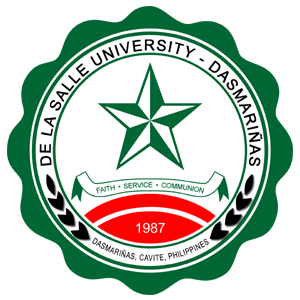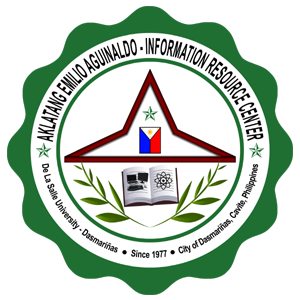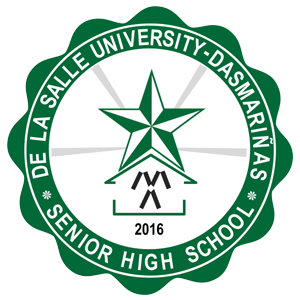Watershed investigations : 12 labs for high school science by Jennifer Soukhome, Graham Peaslee, Carl Van Faasen, and William Statema.
Material type: TextArlington, Va. : NSTA Press, National Science Teachers Association, [2009]Description: xvi, 175 pages : illustrations ; 28 cmContent type:
TextArlington, Va. : NSTA Press, National Science Teachers Association, [2009]Description: xvi, 175 pages : illustrations ; 28 cmContent type: - text
- unmediated
- volume
- 9781933531489
- 1933531487
- Watersheds -- Study and teaching (Secondary) -- Activity programs
- Watershed ecology -- Study and teaching (Secondary) -- Activity programs
- Water quality -- Study and teaching (Secondary) -- Activity programs
- Watershed hydrology -- Study and teaching (Secondary) -- Activity programs
- Stream measurements -- Study and teaching (Secondary) -- Activity programs
- GB 1002.25 .So82 2009
| Item type | Current library | Collection | Call number | Copy number | Status | Date due | Barcode | |
|---|---|---|---|---|---|---|---|---|
 Circulation
Circulation
|
DLSU-D HS Learning Resource Center Circulation | Circulation | GB 1002.25 .So82 2009 (Browse shelf(Opens below)) | 004188 | Available | 3HSL2014004188 |
Modeling glacial features with sand : students learn about glacier formation by modeling glacial features in sand -- Glacial features of a watershed : students use quaternary maps to examine sediments left behind from glaciers and learn how the glaciers shaped the watershed -- Plant identification : students use a dichotomous key to identify trees and common plant species found in the watershed -- Wetland delineation : students design a procedure for delineating a wetland area and then survey an area in the watershed to categorize it as wetland or upland by examining the vegetation, soil, and hydrology -- Measuring plant allelopathy : students design a procedure for comparing the allelopathic effects of native and non-native plants on the germination of seeds -- Stream channel morphology : students use a physical model to study streams and basic hydrology and to compare how channel morphology affects the flow of water and the transportation of sediment -- Calculating stream discharge : students work together to obtain accurate hydrologic data on a stream and use the data to calculate discharge of the stream -- Flood frequency analysis for a river : students use U.S. Geological Survey real-time data of a river to analyze and interpret the statistical frequency of floods in order to predict recurrence intervals -- Comparison of phosphate levels in stream sediments : students design a lab to determine the concentration of phosphate bound to the sediment and to compare the phosphate levels in stream sediment that is adjacent to agricultural areas with the levels in stream sediment in nonagricultural areas -- Aquatic macroinvertebrate identification : students collect aquatic insects to identify common macroinvertebrates that live in streams and wetlands and learn how these species can be indicators of water quality -- Factors that affect eutrophication : students design a lab testing the effect of different nutrients and nutrient levels on algae growth in pond water in order to investigate the concept of a "limiting nutrient" in algae growth -- Groundwater contamination : in this two-part investigation, students model groundwater flow and examine data on groundwater flow from an actual contaminated site in a watershed in order to track the flow of the contamination and see the effect of purge wells.
There are no comments on this title.











